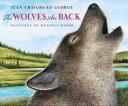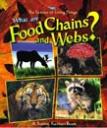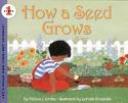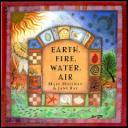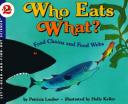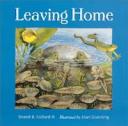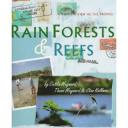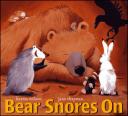This is the Tree, written by Miriam Moss and illustrated by Adrienne Kennaway, is a prose poem that centers around the ancient baobab tree in Africa. Each three line stanza starts out with the phrase, “This is the tree,” and explains the importance of the baobab tree to the ecological system around it. The short stanzas on each page make this book a great read-along for young readers, and the water-color-like artwork is a beautiful way to show children how vital the tree is to the wildlife it supports. In addition to teaching kids about the African habitat, the book can be used to aid reading lessons which focus on poetry and poetic devices like metaphors and personification.
“This is the tree with the huge rounded belly,
all lacy with shadows
in a sea of new grass.
This is the tree that the tribespeople visit
to cut bark, spilling insects
on read beaten earth.”
After the story is finished, the final two pages of the book provide more trivia-like facts about the Baobab tree. This is the Tree does a fabulous job of combining science and reading in a poetic way, and would be a great staple peice of children’s literature in any classroom or home library.
Curriculum Connections:
This is the tree provides a combination of the teaching of reading along with an understanding of the life needs of animals and people (VA SOLs 1.5). The book’s illustrations help show students the physical adaptations animals make, such as gathering food and finding shelter, in order to survive (VA SOLs 3.4).
Additional Resources:
The book’s author, Miriam Moss, has her own website which provides detailed descriptions of all her other children’s books. Many are written in the same style as This is the Tree, and also give great lessons on wildlife and other subjects.
To find out more information about the Baobab tree, there are many websites, like this one, that give a lot of great facts about the actual tree and the importance of it to the life surrounding.
The National Geographic For Kids website would be a excellent resource for students to do more research about the animals mentioned in This is the Tree.
General Information:
- Book: This is the Tree
- Author: Miriam Moss
- Illustrator: Adrienne Kennaway
- Publisher: Kane/Miller Book Publishers
- Publication Date: March 2005
- Pages: 32
- Grade Range: K – 4
- ISBN-10: 1929132778



